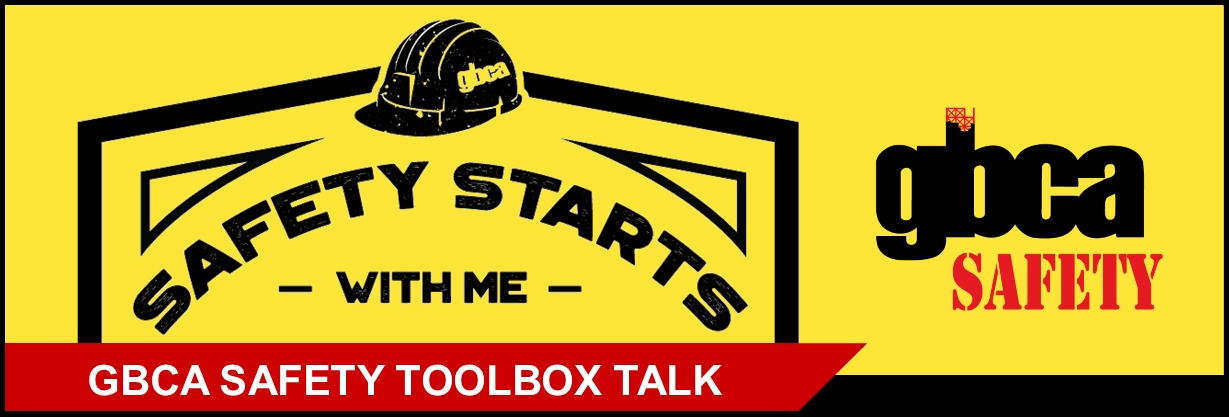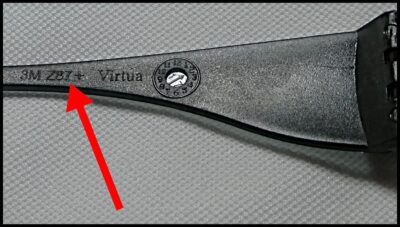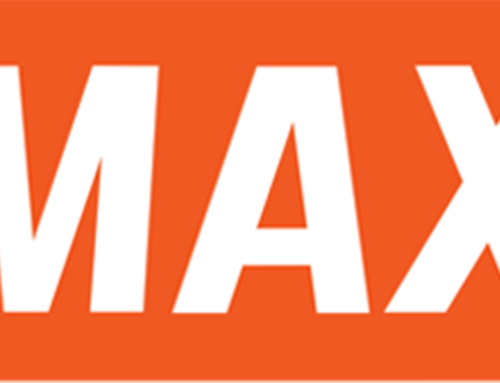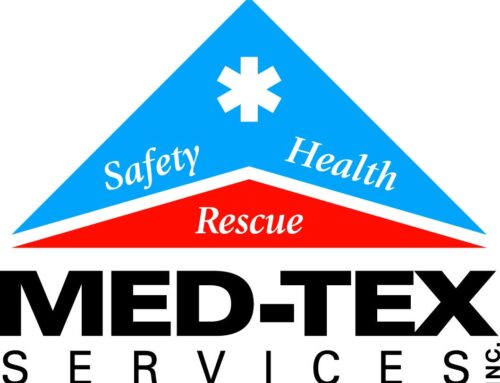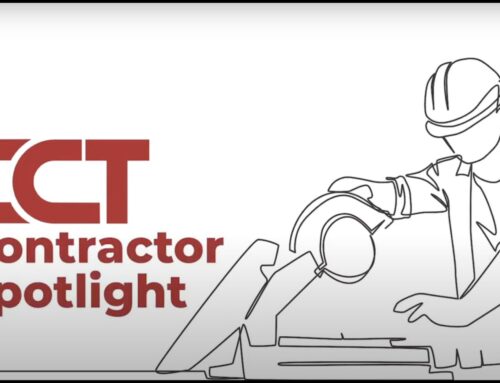This GBCA Safety Toolbox Talk discusses eye safety and protection. Click below to download the Toolbox Talk as a handout (includes Sign-In Sheet).
Eye Safety and Protection
Potential dangers to eyesight are common on almost every jobsite. Dust from wood, cement, or drywall can scratch the surface of the eye causing what is known as corneal abrasion.
A corneal abrasion is one of the most common injuries: it often causes significant discomfort, red eyes, and hypersensitivity to light.
7 Ways to Prevent Eye Injuries
1. Identify potential eye hazards on the job site before you start work.
2. Always wear the correct eye protection for the task/job.
3. Be sure your safety glasses have “ANSI Z87.1,” “Z87,” or “Z87+” on the frame or lenses. This indicates that they are tested and rated for impact resistance. “Z87+” indicates a high velocity impact rating, and “Z87” alone means a basic impact rating.
4. Take care of your eye protection. Replace it when damaged.
5. Know where the closest eyewash station is located on the job site.
6. Use face shields with safety glasses or goggles for protection from flying objects or chemical splashes.
7. When welding, use a welding helmet with the correct lens shade. Remember that welders’ helpers and bystanders also need to wear eyewear with UV protection.
Locate the Impact-Rating Stamp
3 Tips for if Your Eye(s) get Injured
1. Should a foreign object penetrate your eye, alert your supervisor immediately. Do not attempt to remove it yourself, as greater injury to the eye may be done. Do not rub the
eye as rubbing may further imbed any foreign material.
2. If dust, small particles, or chemicals get into your eyes, use the eyewash station. Flush the eye. Use the fluid for 10 to 15 minutes. Keep the eye open for as long as possible, allowing
the fluid to travel across the eye. Look up, down, and to the sides, while flushing the eye, to ensure that no chemicals or debris are trapped under the eyelids. The fluid’s pressure
should be steady but not so strong that it hurts the eye.
3. For cuts, punctures, and objects in the eyes, seek immediate medical attention.
Remember to record the attendees of your toolbox talk!
Access GBCA’s full library of toolbox talks:

